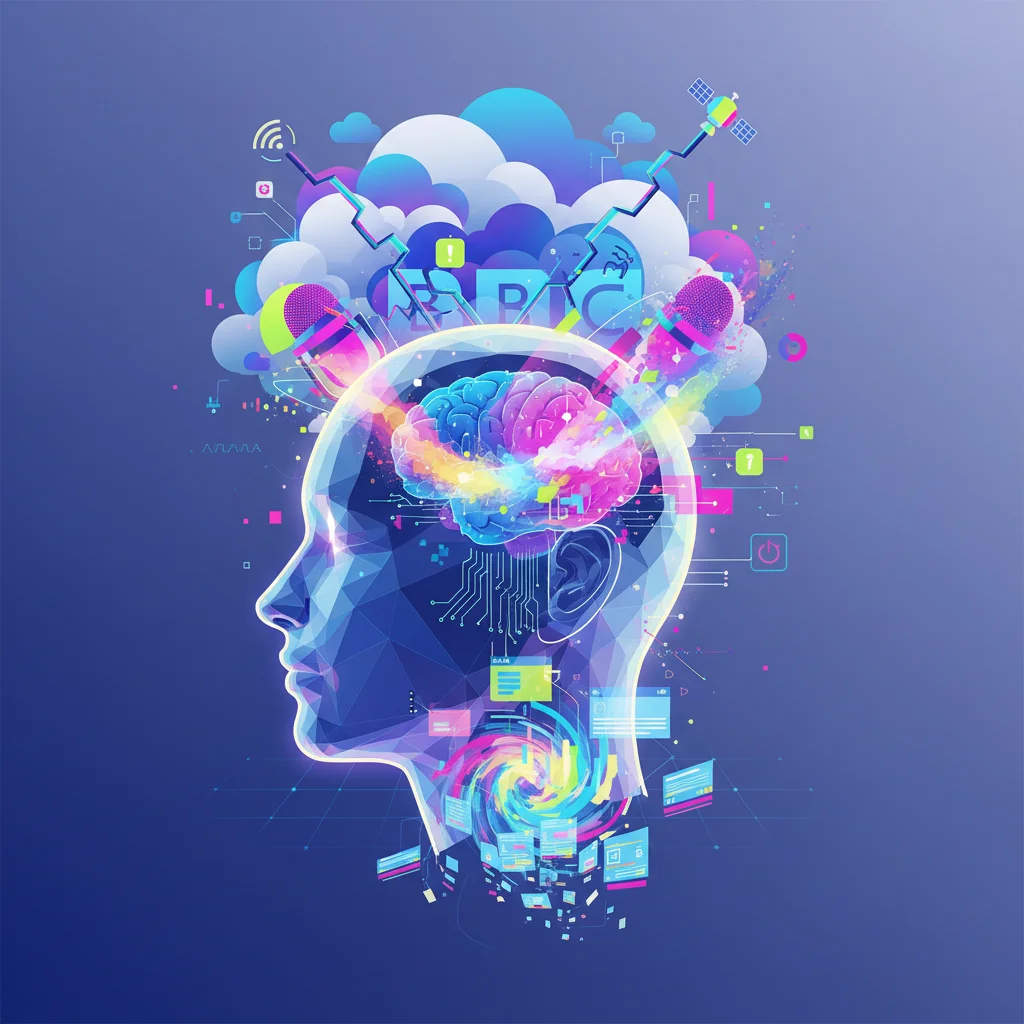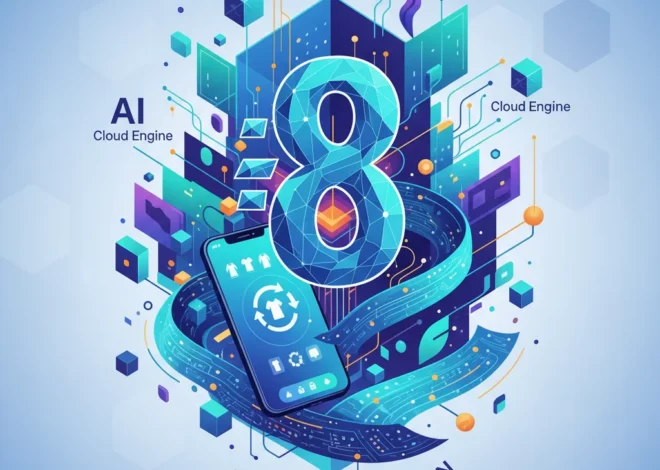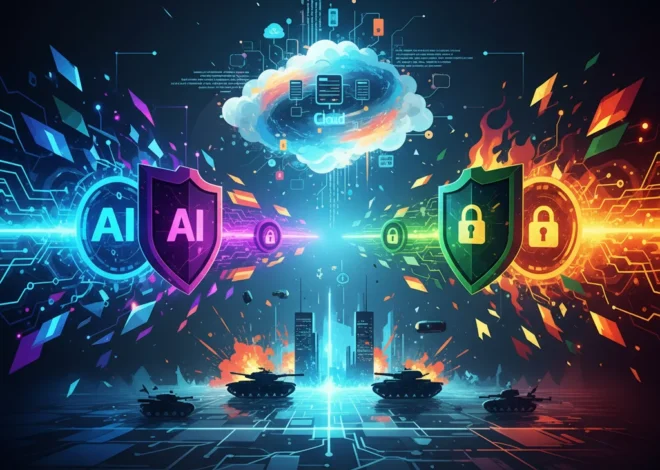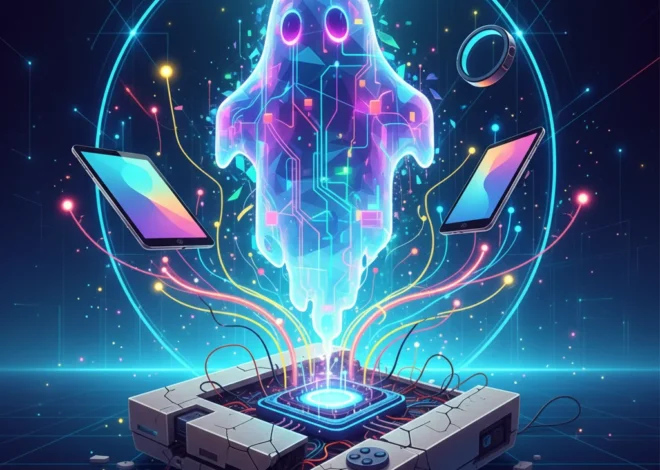
Brain Fog in the Cloud: How a BBC Host’s On-Air Moment Exposes a Crisis in Tech
The Moment the Broadcast Froze
It was a moment many of us dread, but for BBC technology editor Zoe Kleinman, it happened live on air. In the middle of a broadcast, the words simply vanished. She knew the subject inside and out, but her brain couldn’t retrieve the information. It was a classic, debilitating case of “brain fog.” Later, she candidly shared that this experience was a symptom of her perimenopause. The response was immediate and overwhelming. Thousands of people, mostly women, reached out to share similar stories of cognitive stumbles in high-pressure environments.
While the catalyst was biological, the experience is profoundly universal, especially in the tech world. Kleinman’s story isn’t just about women’s health; it’s a giant, flashing warning light for an industry built on cognitive horsepower. For developers, entrepreneurs, and tech leaders, that feeling of a “frozen” brain—the inability to recall a function, solve a complex bug, or articulate a strategic vision—is the stuff of nightmares. It’s the silent productivity killer that we rarely discuss.
This isn’t just about a bad day. It’s about the sustained cognitive load that defines modern tech careers. The constant context-switching, the firehose of information from Slack and Jira, the pressure to drive relentless innovation—it all contributes to a state of perpetual brain fog. Kleinman’s on-air moment is a powerful metaphor for what happens when our mental RAM is overloaded. So, how do we, as an industry, address this? The answer, ironically, may lie within the very software and systems that contribute to the problem.
The High Cost of Cognitive Overload in Tech
In the tech sector, mental acuity is the primary asset. When it falters, the consequences are immediate and expensive. For a developer deep in a complex programming task, a moment of brain fog can lead to a subtle but critical bug that costs thousands, or even millions, to fix later. For a cybersecurity analyst, a lapse in focus could mean missing the faint signal of a sophisticated breach. For startups, a leadership team suffering from collective burnout can make fatal strategic errors, mistiming a product launch or misreading the market.
The modern tech stack, while powerful, is a major contributor to this cognitive drain. We operate in an ecosystem of distributed systems, microservices, and multi-cloud environments. The sheer complexity is staggering. A single developer might need to hold a mental map of dozens of interconnected services, APIs, and data flows. This isn’t just multitasking; it’s cognitive juggling, and humans aren’t designed for it long-term.
The result is burnout, decreased productivity, and a decline in innovation. When your brightest minds are spending all their mental energy just trying to keep their heads above water, they have no capacity left for the creative, “blue-sky” thinking that drives the industry forward. The huge response to Kleinman’s story underscores a hidden epidemic of cognitive strain that our industry can no longer afford to ignore.
The Call is Coming From Inside the Cloud: Unmasking the New Wave of AI Voice Phishing
AI and Automation: The Cognitive Co-Pilots We Need
If technology is part of the problem, it must also be part of the solution. This is where artificial intelligence and automation are shifting from being buzzwords to essential tools for cognitive offloading. The goal is not to replace human ingenuity but to augment it, creating a partnership where technology handles the repetitive, memory-intensive tasks, freeing up humans for high-level problem-solving.
Consider the evolution of programming. We’ve moved from manual memory management to garbage collection, and now we’re moving towards AI-assisted coding. Tools like GitHub Copilot, powered by sophisticated machine learning models, can anticipate a developer’s needs, write boilerplate code, and even suggest solutions to complex problems. This isn’t about making developers lazy; it’s about reducing the cognitive friction in their workflow. Instead of trying to recall the exact syntax of a library function, they can focus on the architectural integrity of the application.
This principle extends across the tech landscape:
- SaaS for Focus: A new generation of SaaS platforms is emerging that prioritizes deep work. They integrate intelligent notification filtering, automated task prioritization, and AI-powered summaries to cut through the noise.
- Intelligent Cloud Management: AIOps (AI for IT Operations) platforms use machine learning to predict system failures, automate scaling, and manage complex cloud infrastructure, reducing the burden on DevOps teams.
- Cybersecurity Automation: AI-driven security tools can analyze billions of data points in real-time to detect threats, automating the initial response and flagging only the most critical alerts for human review.
By strategically implementing automation and AI, we can design workflows that respect the limits of human cognition, making our systems—and our people—more resilient.
From Brain Fog to Clarity: A Blueprint for the Future
So, how can tech companies, from nimble startups to enterprise giants, actively combat the brain fog crisis? It requires a multi-faceted approach that combines technology, process, and culture. The following table illustrates some common symptoms of cognitive overload and how targeted tech-driven solutions can help.
Here’s a look at common cognitive challenges in tech and their corresponding AI-powered solutions:
| Symptom of Cognitive Overload / Brain Fog | AI & Automation-Driven Solution |
|---|---|
| Forgetting syntax or simple commands while programming. | AI Code Assistants (e.g., GitHub Copilot): Provides real-time code completion, syntax correction, and boilerplate generation, reducing memory recall demands. |
| Feeling overwhelmed by project management notifications and tasks. | Intelligent SaaS Project Tools: Use machine learning to prioritize tasks, summarize long discussion threads, and filter notifications based on urgency and relevance. |
| Struggling to monitor complex cloud infrastructure and predict failures. | AIOps Platforms: Automate monitoring, anomaly detection, and root cause analysis in multi-cloud environments, reducing the mental load on engineers. |
| Difficulty identifying security threats amidst a sea of false positives. | AI-Powered Cybersecurity (SOAR/XDR): Automates threat detection and response, escalating only verified, high-priority incidents for human analysis. |
| Spending too much time on repetitive testing and deployment cycles. | CI/CD Automation: Fully automated build, test, and deployment pipelines that reduce manual intervention and the chance of human error during releases. |
Beyond tools, companies must foster environments that acknowledge human limits. This includes promoting asynchronous communication to reduce the pressure for immediate responses, encouraging “deep work” blocks with no interruptions, and training managers to recognize the signs of burnout. It also means actively creating an inclusive culture that supports employees through all life stages, normalizing conversations about topics like mental health and, yes, perimenopause, as Kleinman’s on-air ‘brain fog’ moment so bravely initiated.
The Trojan Bus: Could Your City's Public Transport Be a Geopolitical Weapon?
The Future of Innovation is Human-Centric
The tech industry is at a crossroads. We can continue to build systems and cultures that push human cognition to its breaking point, or we can leverage our own tools to create a more sustainable, resilient, and innovative future. The massive wave of empathy for Zoe Kleinman’s experience revealed a deep, unspoken truth: the brilliant minds building our future are tired.
The next great leap in technological progress won’t come from faster chips or bigger data sets alone. It will come from a profound shift in how we value and support the human brain. By embracing artificial intelligence and automation as cognitive allies, and by building cultures that champion well-being over relentless hustle, we can clear the fog. We can create an industry where brilliant people can do their best work not in spite of their humanity, but because of it.
The AI We Have vs. The AI We Need: A Stanford Economist's Urgent Warning
Ultimately, the goal is to ensure that the next time a brilliant mind has a moment of “brain fog”—whether on live TV or in front of a terminal—the response is not just empathy, but a robust system of technological and cultural support ready to back them up.


